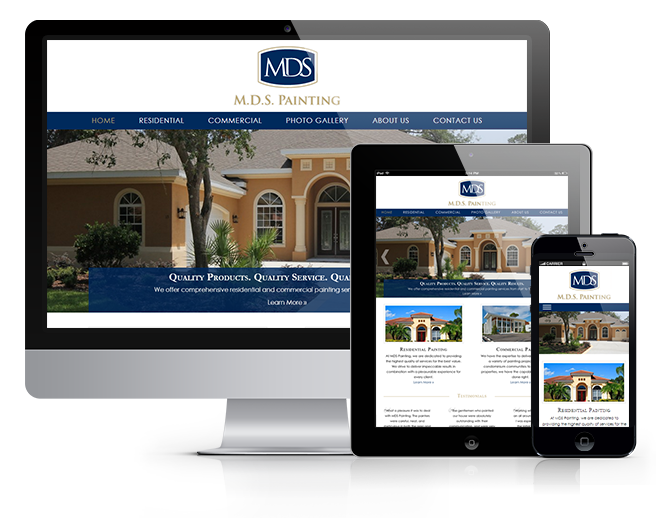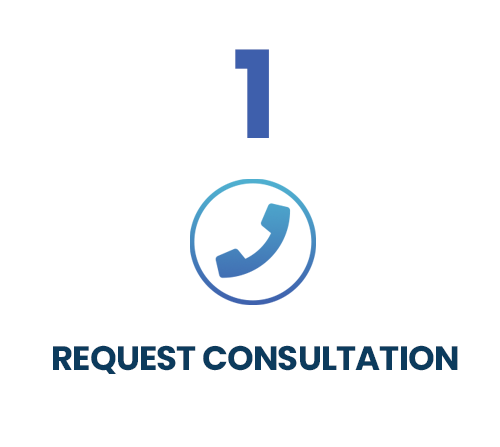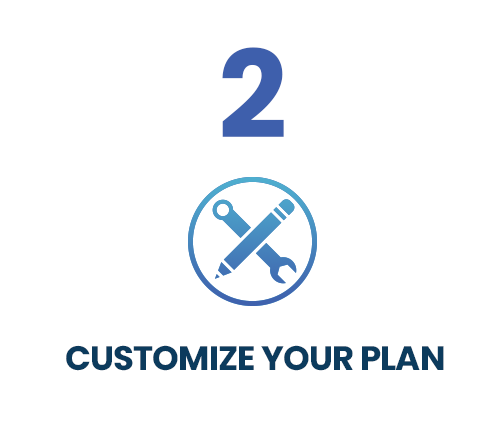TAMPA, FLA. (September 24, 2014) – Tampa Bay web design and digital marketing agency, Leverage Digital received the Silver Award in the 9th annual W3 Awards. The annual competition is the first major web competition of its kind, developed to recognize top marketing agencies and design professionals for their creativity on the web. The awards are sanctioned and judged by the Academy of Interactive and Visual Arts (AIVA), which is an invitation-only body consisting of renowned professionals in media, interactive, advertising, and marketing.
Leverage Digital submitted the http://lvrg.io/demo/leverage website into the professional services category of the competition. The website was then selected from the over 4,000 entries submitted by ad agencies, public relations firms, interactive agencies, and graphic designers around the world. Websites chosen as winners are judged based on a standard of excellence as determined by the AIVA.
“We were once again amazed with the high level of execution and creativity represented within this year’s group of entrants. Our winners continue to find innovative and forward-thinking ways to push the boundaries of creativity in web design” said Linda Day, the director of the Academy of Interactive and Visual Arts. “On behalf of the entire Academy, a huge congratulations to this year’s winners for their dedication and commitment to excellence on the Web – job well done!”
About Leverage Digital Media
Since 2008, Leverage Digital, a digital marketing agency headquartered in Tampa, Florida, has set out to build lasting client relationships through open communication, professionalism, exemplary service, and results. To meet the online marketing initiatives of clients ranging from startups to Inc. 500 companies, Leverage Digital uses state-of-the-art technology and the latest techniques in digital marketing. The firm’s clients span across the U.S. and in industries ranging from, but not limited to engineering, legal, construction, real estate, health care, finance, human resources, and more.
About W3 Awards
The W3 Awards honors creative excellence on the web, and recognizes the creative and marketing professionals behind award winning websites, web video and online marketing programs. Simply put, the W3 is the first major web competition to be accessible to the biggest agencies, the smallest firms, and everyone in between. Small firms are as likely to win as Fortune 500 companies and international agencies.
The W3 Awards is sanctioned and judged by the Academy of Interactive and Visual Arts, an invitation-only body consisting of top-tier professionals from a “Who’s Who” of acclaimed media, advertising, and marketing firms.
For more information about the W3 Awards, please visit http://www.w3award.com.













